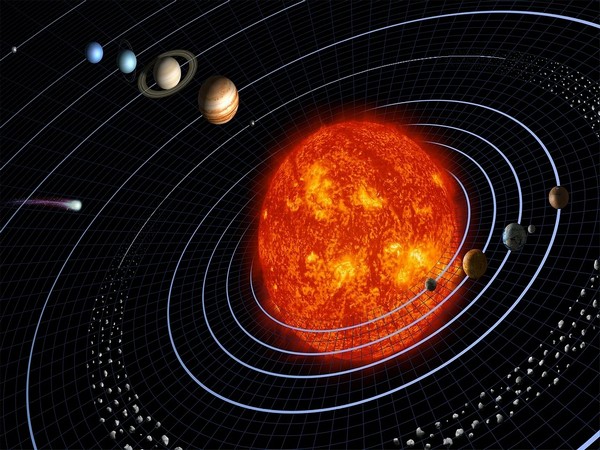ESA’s star mapping Gaia mission reveals past and future of the Sun

Gaia, the star mapping mission of the European Space Agency (ESA), can help astronomers see how our Sun is going to evolve in the future.
The billion-star surveyor is creating an extraordinarily precise 3D map of more than a thousand million stars throughout our Milky Way galaxy and beyond. The space-based observatory takes exceptionally accurate readings of a star's apparent brightness, as seen from Earth, and its colour.
However, turning those basic observational characteristics into the intrinsic properties of a star is painstaking work, ESA says. Orlagh Creevey, Observatoire de la Côte d’Azur, France, and collaborators from Gaia's Coordination Unit 8, are responsible for extracting such astrophysical parameters from the mission observations.
On 13 June 2022, ESA released the Gaia mission's third full data set (DR3) with new and improved details for almost two billion objects in our Milky Way galaxy. Orlagh and colleagues combed the data looking for the most accurate stellar observations that the spacecraft could offer.
They concentrated their efforts on stars having surface temperatures of between 3000K and 10,000K as they are the longest-lived stars in the galaxy and hence can reveal the history of the Milky Way. These stars are also promising candidates for finding exoplanets - planets beyond our solar system - because they are broadly similar to the Sun, which has a surface temperature of 6000K.
In the next step, they filtered the sample to only show those stars that had the same mass and chemical composition as the Sun. The stars they selected ended up tracing out a line across the Hertzsprung-Russell diagram ( HR diagram plots a star's intrinsic luminosity against its effective surface temperature) that represents the evolution of our Sun from its past into its future. It revealed the way our star will vary its temperature and luminosity as it ages.
According to the researchers, our Sun will reach a maximum temperature at approximately 8 billion years of age, then it will cool down and increase in size, becoming a red giant star around 10-11 billion years of age. It will reach the end of its life after this phase, eventually becoming a dim white dwarf.
"Finding stars similar to the Sun is essential for understanding how we fit into the wider Universe. It is a source of some irony that the Sun is our nearest, most studied star yet its proximity forces us to study it with completely different telescopes and instruments from those that we use to look at the rest of the stars. This is because the Sun is so much brighter than the other stars. By identifying similar stars to the Sun, but this time with similar ages, we can bridge this observational gap," ESA said in a statement.
"If we don't understand our own Sun – and there are many things we don't know about it – how can we expect to understand all of the other stars that make up our wonderful galaxy,” says Orlagh.
Wish you could look into the future? 🔮 Thanks to star-mapping mission @ESAGaia we can, to see how our Sun is going to evolve in the future 💫Find out more👉https://t.co/qRYF1A3J9Y #ExploreFarther pic.twitter.com/LmUfOgJn1M
— ESA Science (@esascience) August 11, 2022
- READ MORE ON:
- ESA Gaia mission
- Gaia data
- sun's future










